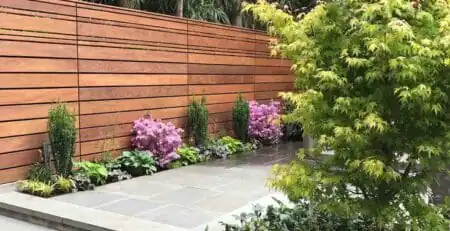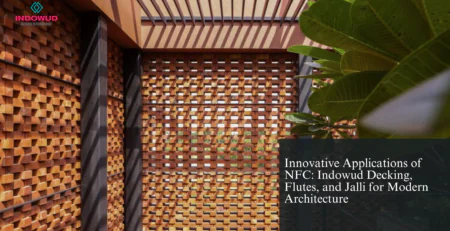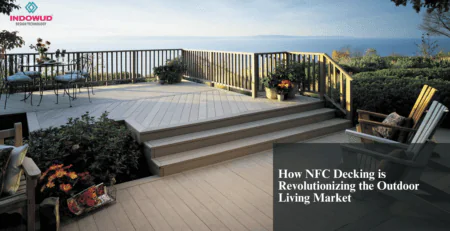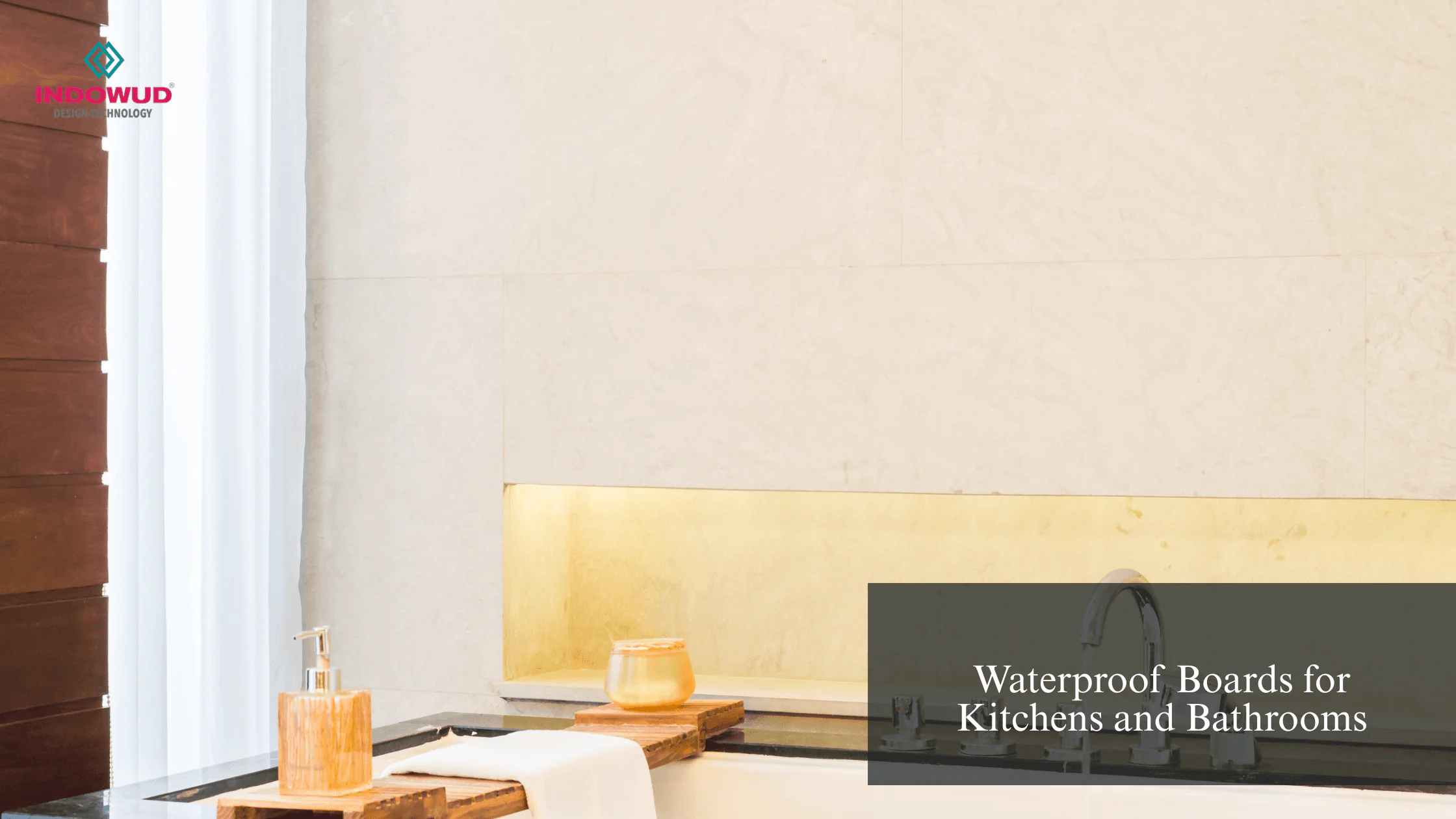Building for a Better Future: The Environmental Impact of Composite Wood

Traditional wood usage
Conventional wood, these days is facing competition from engineered wood. One option is to use sustainably sourced wood, which comes from forests that are managed in a way that maintains their ecological integrity and ensures their long-term viability.
What is Composite Wood?
Composite wood is a material made from a combination of natural fibres and synthetic resins. It’s often used to make furniture, flooring, and interior trim because it’s durable, easy to work with and can be moulded into different shapes. Composite wood has many advantages over traditional materials like plywood or particleboard:
Environmental Advantages of engineered wood
Composite wood is a material that’s made of recycled fibres, such as sawdust or wood chips. Zerowud boards are made with agricultural residues. It has many benefits over traditional wood products:
Besides environmental benefits, engineered wood like Zerowud boards has a longer service life than traditional wood, reducing the need to remove and rebuild decks and keeping scrapped deck materials out of landfills longer, which in turn reduces the material and energy inputs needed to construct new decks.
Other wood-based boards contain urea-formaldehyde, which can lead to volatile organic compound emissions that are not necessarily biodegradable and can increase health risks in extreme cases of high exposure but Zerowud Boards have no toxic ingredients.
It lasts longer than other types of wood products (like plywood). This means less waste in landfills over time!
Reduction in carbon emissions
The production of composite wood uses less energy than the production of traditional lumber, which means it produces fewer greenhouse gases–and that means a better environment for everyone!
Reduced deforestation
Because composite materials liked Zerowud boards and Indowud NFC can be made from waste materials like sawdust or scraps from other manufacturing processes (like furniture), there’s no need to cut down trees for new building materials. This helps protect our forests and wildlife habitat while also reducing our dependence on foreign resources like timber imports from Canada and Russia that may come with their own environmental costs like deforestation or pollution due to transportation across long distances.
Related Resources:
7 Reasons Why You Need To Opt For Fire Retardant Plywood











